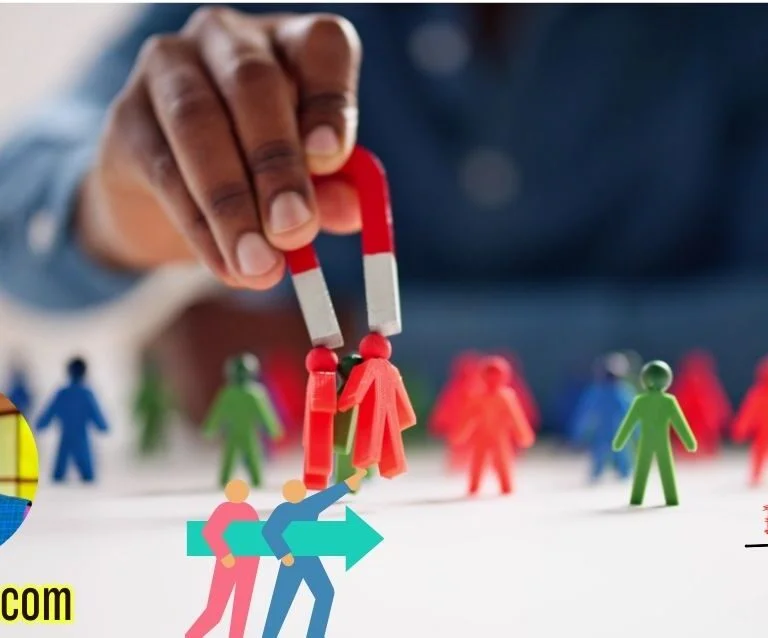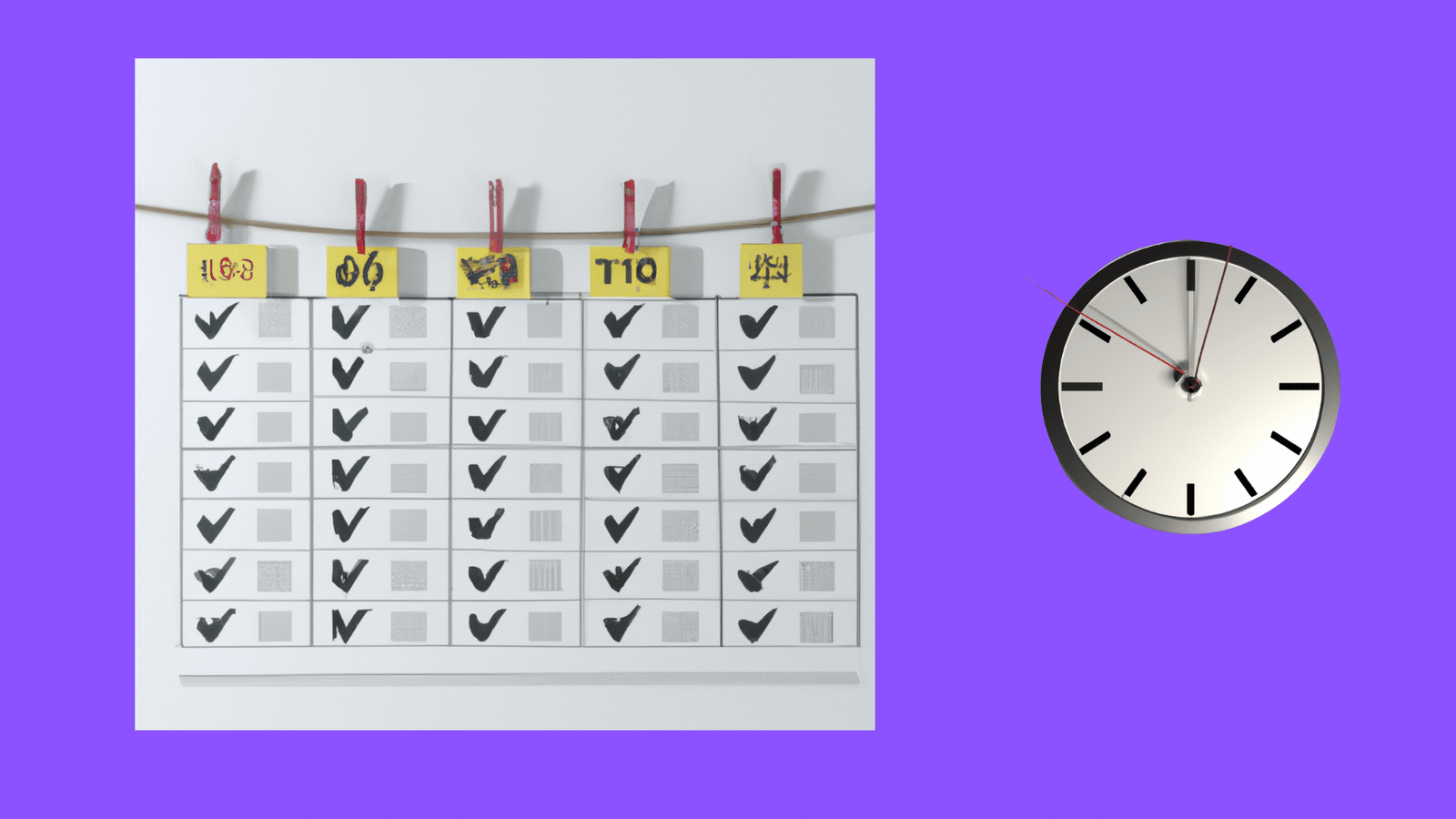High-Performance Teams
High-performance teams are defined by their ability to consistently deliver exceptional results, adapting swiftly to changing circumstances while maintaining a strong sense of collaboration and communication. These teams distinguish themselves not only through their output but also through the collective dynamics that propel them toward shared goals. Effective communication is a cornerstone trait of such teams, facilitating transparent interactions and promoting an environment where all members feel valued and heard. This open dialogue fosters trust and motivates individuals to contribute meaningfully to projects.
Collaboration is another hallmark of high-performance teams. In today’s digital workspaces, remote team members must develop skills to collaborate effectively despite geographical constraints. These teams leverage technology, making use of tools designed to enhance teamwork, such as project management applications, video conferencing platforms, and collaborative software. By instilling strong collaborative practices, these teams can harness diverse viewpoints and skill sets, enabling them to innovate and solve problems more efficiently.
Another critical characteristic revolves around goal alignment. High-performance teams establish clear, shared objectives that are not only ambitious but also achievable. This alignment ensures that all team members work in concert towards the same outcomes, minimizing misunderstandings and duplicative efforts. As a result, members remain focused and motivated, knowing they contribute to a greater purpose. Examples of successful high-performance teams abound, from specialized tech firms executing agile methodologies to healthcare teams that improve patient outcomes through cohesive, responsive practices. Such instances underscore the potential of high-performance teams to operate successfully in a remote setting, reinforcing that with the right attributes and tools, exceptional performance can be sustained in the digital age.
The Impact of Digital Transformation on Team Dynamics
In recent years, digital transformation has significantly altered the landscape of team dynamics, particularly in a remote setting. The advent of advanced digital tools has fostered new workflows and interaction methods, fundamentally changing how teams collaborate and communicate. While the integration of technology offers numerous advantages, it also presents unique challenges that can affect overall team performance.
One notable benefit of digital transformation is the enhanced flexibility it provides to team members. With digital communication platforms, such as Slack and Microsoft Teams, employees can connect seamlessly from various locations, allowing for real-time collaboration. Additionally, project management tools like Asana and Trello enable teams to streamline workflows, allocate tasks efficiently, and track progress regardless of geographical barriers. This level of connectivity can lead to increased productivity and a greater sense of inclusivity among team members.
However, the reliance on digital tools can also introduce challenges related to team dynamics. Miscommunication is a common issue when interactions occur through screens, where tone and body language may be lost. Moreover, the sheer volume of communication channels can sometimes lead to information overload, making it difficult for employees to prioritize their tasks effectively. Furthermore, the absence of physical presence can result in feelings of isolation, which, if unaddressed, may negatively impact morale and team cohesion.
To leverage the benefits of digital transformation while mitigating its drawbacks, organizations must actively consider the types of technology they implement. Selecting user-friendly tools that promote engagement and transparency is crucial. By identifying and addressing the challenges posed by remote communication, teams can harness the potential of digital tools to enhance collaboration and performance, ultimately fostering a high-performance culture in a digital world.
Motivation Strategies for Remote Teams
Building a high-performance remote team requires a comprehensive understanding of motivation strategies that can cater to the unique challenges of a digital workspace. These strategies can be broadly classified into intrinsic and extrinsic motivators. Intrinsic motivation primarily revolves around the internal drives of employees, such as personal growth, job satisfaction, and the sense of accomplishment from completing a task. Fostering an environment where team members feel they are continuously developing their skills or contributing to meaningful projects can significantly enhance their motivation levels.
On the other hand, extrinsic motivators include tangible rewards such as bonuses, recognition, or promotions. Implementing a structured recognition program can play an essential role in motivating remote teams. Regularly acknowledging individual contributions, whether through team meetings or digital platforms, reinforces the behavior and performance that your organization values. By showcasing achievements, you not only encourage the recipient but also inspire their peers to strive for similar recognition.
An essential aspect of maintaining a motivated remote team is fostering a strong sense of belonging. This can be achieved through initiatives like virtual team-building activities, which help reinforce connections among team members. Regular check-ins, whether via video conferences or instant messaging platforms, allow team leaders to engage with their employees, offering a channel for feedback and support. These practices help to create a supportive remote work culture, where employees feel valued and recognized for their efforts.
In addition to these strategies, it is vital to ensure that communication remains open and transparent. Encouraging team members to share their thoughts and feelings often leads to increased engagement and satisfaction. By cultivating a motivating environment that balances both intrinsic and extrinsic factors, organizations can effectively harness the potential of their remote teams, propelling them toward success.
Establishing Clear Goals and Expectations
In the realm of digital collaboration, establishing clear goals and expectations is paramount for building a high-performance team. Goals serve as the foundation upon which teams can align their efforts, ensuring that each member understands their role and contribution to the overall mission. One effective methodology for setting these objectives is the SMART criteria, which stands for Specific, Measurable, Achievable, Relevant, and Time-bound. By adhering to this framework, teams can craft precise goals that enhance clarity and focus.
Specific goals outline distinct outcomes that the team aims to achieve, while measurable indicators help in tracking progress. This quantification enables team members to visualize their contributions toward the larger objectives. Achievability pertains to the realism of the goals. Setting overly ambitious targets can lead to frustration, while attainable goals foster a sense of accomplishment. Relevance ensures that goals are aligned with broader organizational strategies, reinforcing the purpose behind the team’s efforts. Lastly, time-bound goals create urgency, encouraging teams to meet deadlines and fostering a sense of responsibility.
Transparency plays a critical role in the remote work environment. Clearly communicating expectations and providing access to goal-related resources cultivates a shared understanding among team members, minimizing ambiguity. Furthermore, accountability must be integrated into the team dynamic. Regular check-ins and progress assessments can keep team members motivated and engaged, encouraging collaboration and reiterating the importance of each individual’s roles. The establishment of a culture that promotes open communication and feedback can significantly bolster the team’s ability to meet and exceed set objectives. By prioritizing well-defined goals and fostering a transparent and accountable environment, teams can navigate the challenges of remote work more effectively, ultimately leading to greater success and cohesion.
Nurturing Communication and Collaboration
Effective communication is paramount for the success of remote teams, particularly in a digital environment where physical interactions are limited. To cultivate an atmosphere where team members feel connected and engaged, leaders must proactively employ strategies that promote open dialogue and collaboration. One of the most essential practices involves establishing regular meetings that serve as a platform for team members to discuss their progress, share challenges, and celebrate achievements. These meetings can take the form of daily check-ins, weekly summaries, or bi-weekly brainstorming sessions that encourage participation and input from all team members.
Additionally, frequent updates play a crucial role in ensuring that everyone remains informed about project developments and organizational goals. Utilizing communication tools, such as project management software or messaging platforms, facilitates seamless sharing of information, enabling team members to stay aligned despite geographical distances. Furthermore, implementing structured feedback loops is vital; soliciting constructive feedback not only enhances performance but also fosters a culture of improvement and accountability. This can be achieved through anonymous surveys or open forums where team members can voice their opinions without fear of retribution.
The choice of communication tools significantly influences the effectiveness of remote collaboration. Tools like video conferencing, instant messaging, and collaborative document-editing applications can help bridge the gap created by distance. When team members can interact through multiple channels, they have the flexibility to choose the medium suited to their needs, thus promoting a more inclusive atmosphere. Ultimately, by nurturing communication and collaboration through regular interactions, transparent updates, and appropriate tools, remote teams can overcome the inherent challenges of digital work environments, paving the way for high performance and successful outcomes.
Building Trust and Relationships in a Digital Environment
Establishing trust within high-performance teams is pivotal, especially in a digital environment where face-to-face interactions are limited. Trust serves as the foundation for effective collaboration and communication among remote team members. To cultivate an atmosphere of trust, leaders and team members alike must prioritize transparency in their interactions. This involves sharing information openly and ensuring everyone is privy to updates and changes within the team and the broader organization. When team members feel informed, they are more likely to trust one another and work collaboratively towards common goals.
Vulnerability also plays a critical role in building trust among remote teams. When leaders and team members are willing to share their challenges, failures, and uncertainties, it promotes an environment where everyone feels safe to express their thoughts and emotions. This openness not only deepens interpersonal relationships but also fosters a culture of empathy, creating bonds that strengthen the team as a whole. Regularly scheduling check-ins where team members can share their experiences and feelings can facilitate this vulnerability and create a safe space for dialogue.
Consistent communication is essential in a virtual workspace, serving as a lifeline that connects team members. Utilizing various communication tools can assist in bridging the gap that distance creates. Video calls, instant messaging, and project management platforms can maintain active dialogue and help reinforce relationships. Additionally, fostering personal connections by incorporating social activities, such as virtual coffee breaks or team-building games, can enhance rapport among team members. These activities provide an opportunity for individuals to learn more about one another, ultimately contributing to a more cohesive and high-performing team.
Encouraging Continuous Learning and Development
In today’s fast-paced digital landscape, maintaining high performance within remote teams requires a strong emphasis on continuous learning and development. Organizations can foster an environment that promotes skill enhancement by implementing various strategies. One effective method is the provision of comprehensive training opportunities tailored to the unique needs of a remote workforce. These may include access to online courses, webinars, and certifications that are designed to bridge skill gaps and empower employees to excel in their roles.
Moreover, equipping team members with resources for skill development is essential in a remote setup. Companies can curate a digital library containing articles, e-books, and video tutorials related to industry best practices and emerging trends. Encouraging team members to explore these resources not only promotes individual growth but also enriches the collective knowledge of the team. Furthermore, creating formal mentorship programs can facilitate knowledge sharing, enabling seasoned employees to guide their peers through the complexities of their respective fields. This type of collaboration drives innovation and nurtures a cohesive learning culture within the remote team.
In addition, cultivating a culture of feedback is indispensable for promoting continuous learning. Regular check-ins and performance reviews can be structured to discuss not just targets and outputs but also personal growth and areas for development. Encouraging team members to provide and receive constructive feedback fosters openness and supports learning as a shared responsibility. By involving employees in the feedback process, organizations can enhance their engagement and motivate them to pursue skill development actively.
Through these initiatives, remote teams can stay abreast of industry trends, adapt to market changes, and innovate effectively. Continuous learning not only enhances individual performance but also significantly contributes to the success of the team as a whole.
Measuring Performance and Celebrating Success
In the contemporary digital landscape, measuring the performance of remote teams requires a nuanced approach, combining quantitative metrics and qualitative insights. Key performance indicators (KPIs) such as productivity rates, task completion times, and individual contributions are essential for assessing team dynamics. Utilizing project management tools, such as Asana or Trello, can provide visibility into ongoing tasks, allowing leaders to gauge efficiency and identify potential bottlenecks. Additionally, employee engagement scores collected through surveys can deliver a deeper understanding of team morale and cohesion.
It is crucial to periodically review these metrics to not only track progress but to establish benchmarks that guide future performance. By setting clear expectations and aligning them with the team’s capabilities, organizations can ensure that team members feel empowered to achieve their goals. Regular feedback sessions, whether through structured one-on-one meetings or informal check-ins, also facilitate an open dialogue about performance, fostering accountability while providing opportunities for coaching and support.
Moreover, celebrating successes is a vital component in maintaining high performance in remote settings. Acknowledging achievements, no matter how small, reinforces positive behavior and encourages team members to strive for excellence. Virtual recognition initiatives such as e-cards, shout-outs during team meetings, or a dedicated recognition channel on platforms like Slack can create an environment where accomplishments are valued. Additionally, creating milestones for team projects can serve as avenues for both celebration and reflection, allowing teams to recognize their collaborative efforts and celebrate successes collectively.
In summary, focusing on effective measurement of performance alongside robust recognition strategies fosters an atmosphere of motivation and engagement, enhancing the overall efficacy of remote teams. By prioritizing regular assessments and celebrations of success, leaders can create a high-performance culture where team members feel valued and inspired to contribute meaningfully. This targeted approach not only boosts morale but also drives continued success in a digital working environment.
Navigating Challenges and Overcoming Obstacles
Remote teams face a myriad of challenges that can impede their performance and cohesion. Among these, isolation emerges as a predominant concern, with team members feeling disconnected from their colleagues due to the geographical dispersion. This sense of isolation can dampen motivation and collaboration, resulting in reduced productivity levels. To combat this, organizations should establish regular check-ins and virtual team-building activities, fostering a sense of belonging and community within the team.
Communication barriers represent another significant obstacle for remote teams. The lack of face-to-face interactions can lead to misunderstandings, fragmented information sharing, and a general deterioration of teamwork dynamics. To enhance communication, employing a combination of asynchronous and synchronous communication tools is advisable. Regular virtual meetings, supplemented by collaboration platforms, can bridge the communication gaps, offering spaces for open dialogue that encourages participation from all team members.
Technological struggles also pose a challenge in a remote work environment. Issues related to connectivity, software, or hardware can disrupt workflow and diminish overall team performance. Organizations should prioritize investing in reliable technology solutions and providing adequate training to ensure that all team members are equipped to handle potential technical issues. Additionally, forming an IT support system that is readily accessible can aid in swiftly addressing any tech-related challenges that may arise.
Building resilience among team members is crucial in navigating these challenges. Encouraging a growth mindset and adaptability can empower individuals to approach obstacles with creative problem-solving techniques. By promoting knowledge-sharing and skill development, team members can learn from one another and grow collectively. Through these strategies, remote teams can maintain high-performance levels, overcome barriers, and function effectively despite external pressures.









